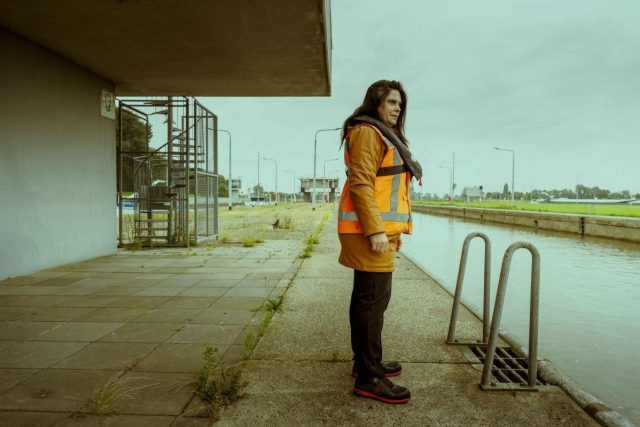Two boat collisions in 24 hours highlight the importance of resilient hydraulic structures
Last weekend, two serious collisions took place on our Dutch waterways within 24 hours. On Friday, a cargo ship loaded with gravel collided with the opened railway bridge over the Gouwe in Alphen aan den Rijn. A few hours later, a second incident took place: a ship full of sand rammed the weir at Borgharen, leading to the sinking of the 67-metre-long vessel. Although both incidents fortunately passed without personal injury, the consequences for infrastructure are significant.

These incidents demonstrate the vulnerability of our vital hydraulic engineering structures. Bridges, locks and dams are very important links in the Dutch waterway network. Damage to these ‘works of art’ can block shipping routes for weeks or even months, with major consequences for shipping. This not only leads to economic losses through higher transport costs, but also affects ordinary citizens through rising prices of goods and disruptions in rail and road connections.
Pressure on our water infrastructure is increasing due to more intensive shipping traffic and more extreme weather. Hydraulic engineering structures must therefore not only withstand current demands, but also be prepared for future challenges.
Making an impact with knowledge
At Deltares, we work on innovative solutions to make our hydraulic structures even more resistant to collisions and other calamities. Recent research, such as the project at the Sambeek lock, is helping to make locks, dams and bridges safer and more future-proof.
The risk of collisions is a major threat to water safety in the Netherlands, says Migena Zagonjolli, expert on river and inland navigation at Deltares. ‘There is therefore a need for new information to decide how renovation, maintenance or new construction of locks can be approached smarter and more efficiently.’

Also through the Kennis Programma Natte Kunstwerken (KpNK) we unlock knowledge about when a structure should be replaced or renovated, what replacement and renovation options might look like, how to compare them and how to take future developments into account.
In a country largely below sea level, water safety remains one of the top priorities. Incidents like last weekend's make it clear that reinforced hydraulic structures are important to keep our economy running and the Netherlands dry.


